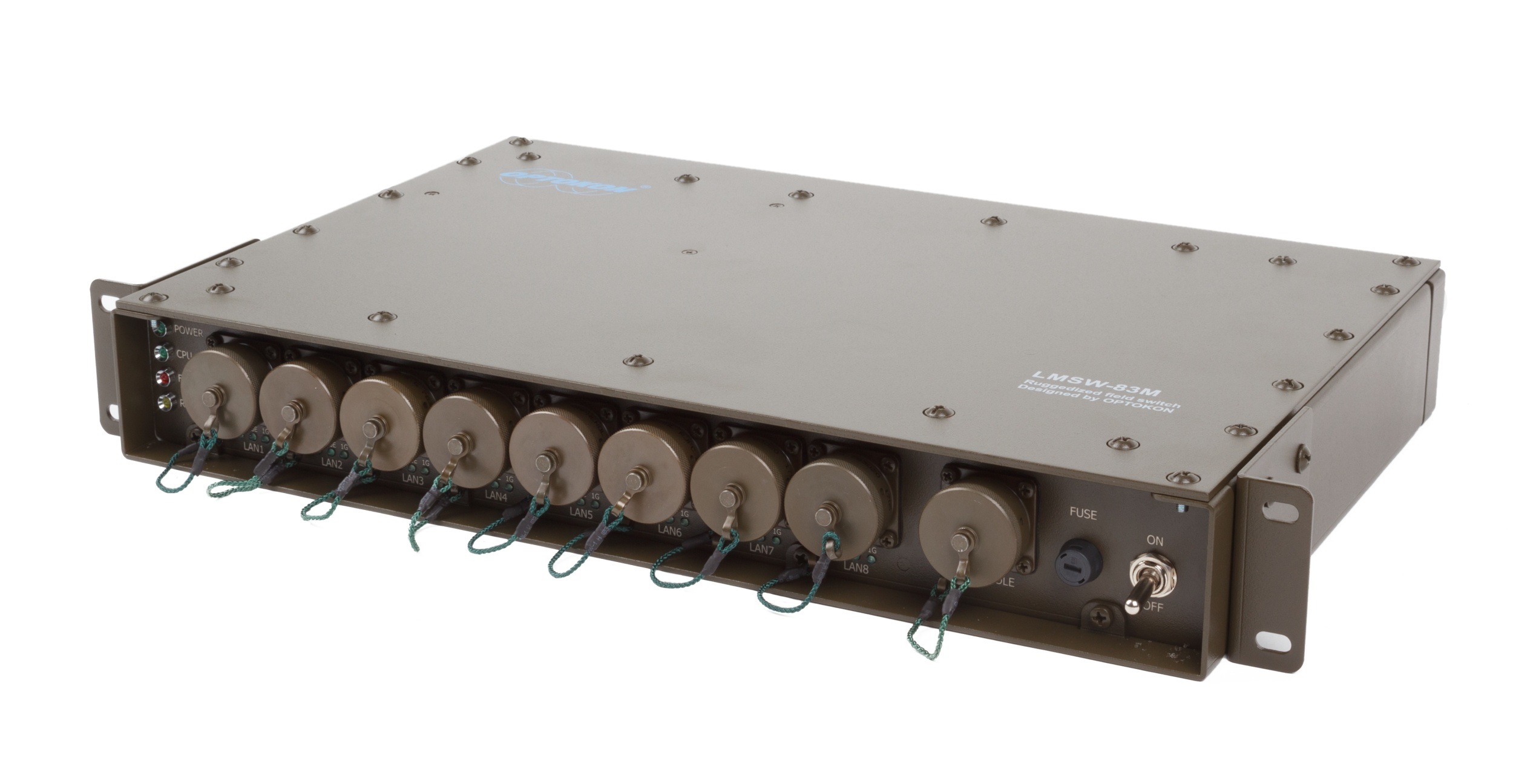An optical power meter (optical tester) is used to determine the signal power level. This device is as popular among electronics engineers as a multimeter. When measuring the attenuation of an optical cable, this device should be used in conjunction with a compact light source. The optical power meter facilitates the analysis of terminal equipment that transmits the signal in the optical line, as well as measurements of the cable line itself. This meter is essential when laying fiber optic cables. The cost of fiber optic cable per meter is usually low and quite affordable for everyone. However, the installation process can require significant effort.
The optical radiation source is used in testing and measurement work on fiber optic communication lines. It generates a stable signal within the line, which is received in conjunction with the optical power meter. By comparing the emission level data obtained from the power meter and transmitted by the optical radiation source, conclusions can be drawn about the optical signal's attenuation in the line. Visible laser radiation sources are the simplest devices, consisting of a red light source (650 nm) whose emission is introduced into the optical fiber. The main purpose of this device is to locally detect various types of damage (cracks, bends, poor splices, etc.). A bright glow will be observed at the damage site. The typical distance at which this device can be applied is 3-5 km.
Devices generally have their own built-in memory, capable of storing about one thousand measurements. Each measurement includes the date and time when the procedure was performed. Some devices feature automatic compensation for so-called dark current, allowing for very fast and precise measurements.










